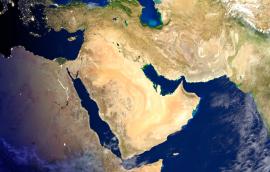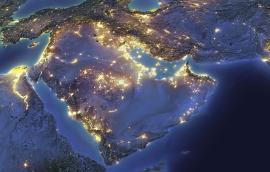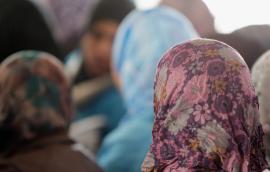Saudi Arabia’s Yemen Dilemma
The deepening civil war in Yemen poses more challenges than solutions for Saudi Arabia, writes Middle East scholar Andrew Bowen.
Andrew Bowen January 20, 2015
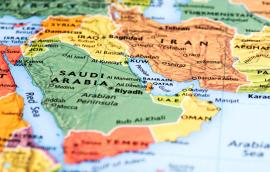
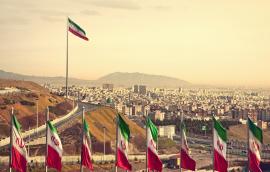
Well, the Iranian nuclear talks have been extended. Both sides in the negotiations — Iran and the P-5 plus 1 (The United…


